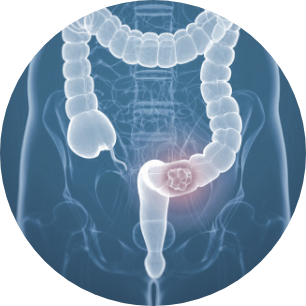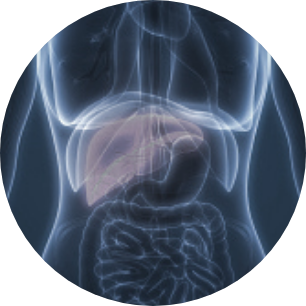A broadly applicable technology.
Our TAC platform is very versatile and can be readily combined with both existing and novel targets.
Our TAC platform is very versatile and can be readily combined with both existing and novel targets.

Claudin 18.2 for gastric, PDAC and NSCLC

GUCY2C for colorectal cancer (GEI, PDAC)

GPC3 for liver cancer

Claudin 18.2 for gastric, PDAC and NSCLC

GUCY2C for colorectal cancer (GEI, PDAC)

GPC3 for liver cancer

Andy Bader, PhD, CSO

Building on recent findings in immunotherapy, we designed TAC to enhance the natural defense mechanisms of T cells in fighting cancer. TAC is a promising platform for producing therapies that are more effective and safer than existing cell therapies.
Preclinical data reveals the superior anti-cancer properties of TAC-T cells, such as selective tumor recognition and controlled T cell activation leading to complete tumor elimination. Our TAC molecule can be optimized and finetuned toward many different tumor types, increasing the number of patients who may benefit from our TAC-based programs.
We are developing an autologous TAC program, TAC101-CLDN18.2, which co-opts a patient’s own T cell receptor and redirects the T cells to CLDN18.2-expressing cells in tumors. This approach requires apheresis of a patient’s blood sample and genetic engineering in the lab to create the TAC-T cell product.
In addition to our autologous candidate, we are investigating an allogeneic application of TAC-T cells for the treatment of Claudin 18.2 cancers. Our allogeneic approach employs an “off-the-shelf” cell bank of non-gene edited gamma delta (γδ) T cells, which are a subset of the overall T cell population. These cells are extracted from a healthy donor and genetically engineered with TAC technology.
